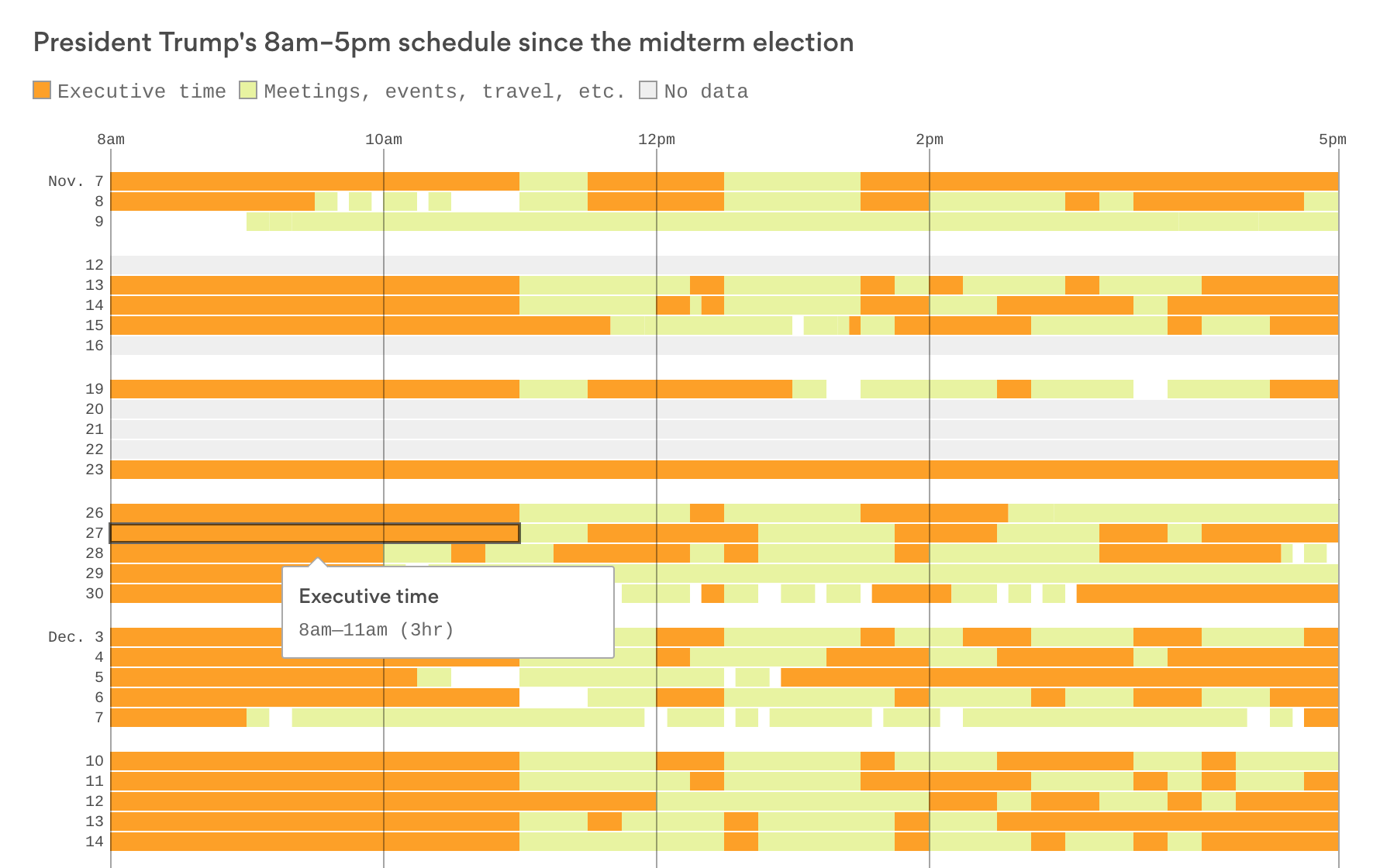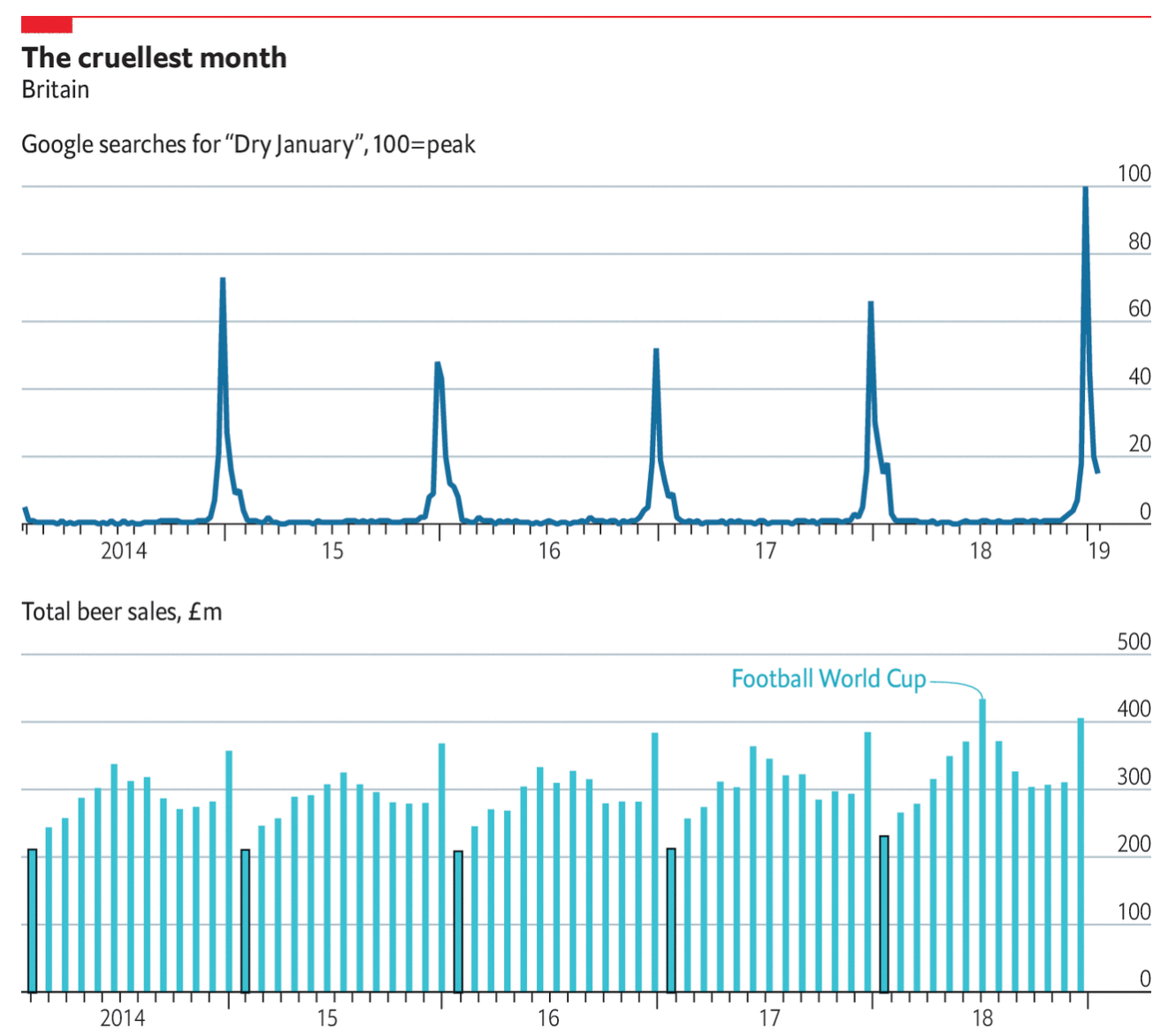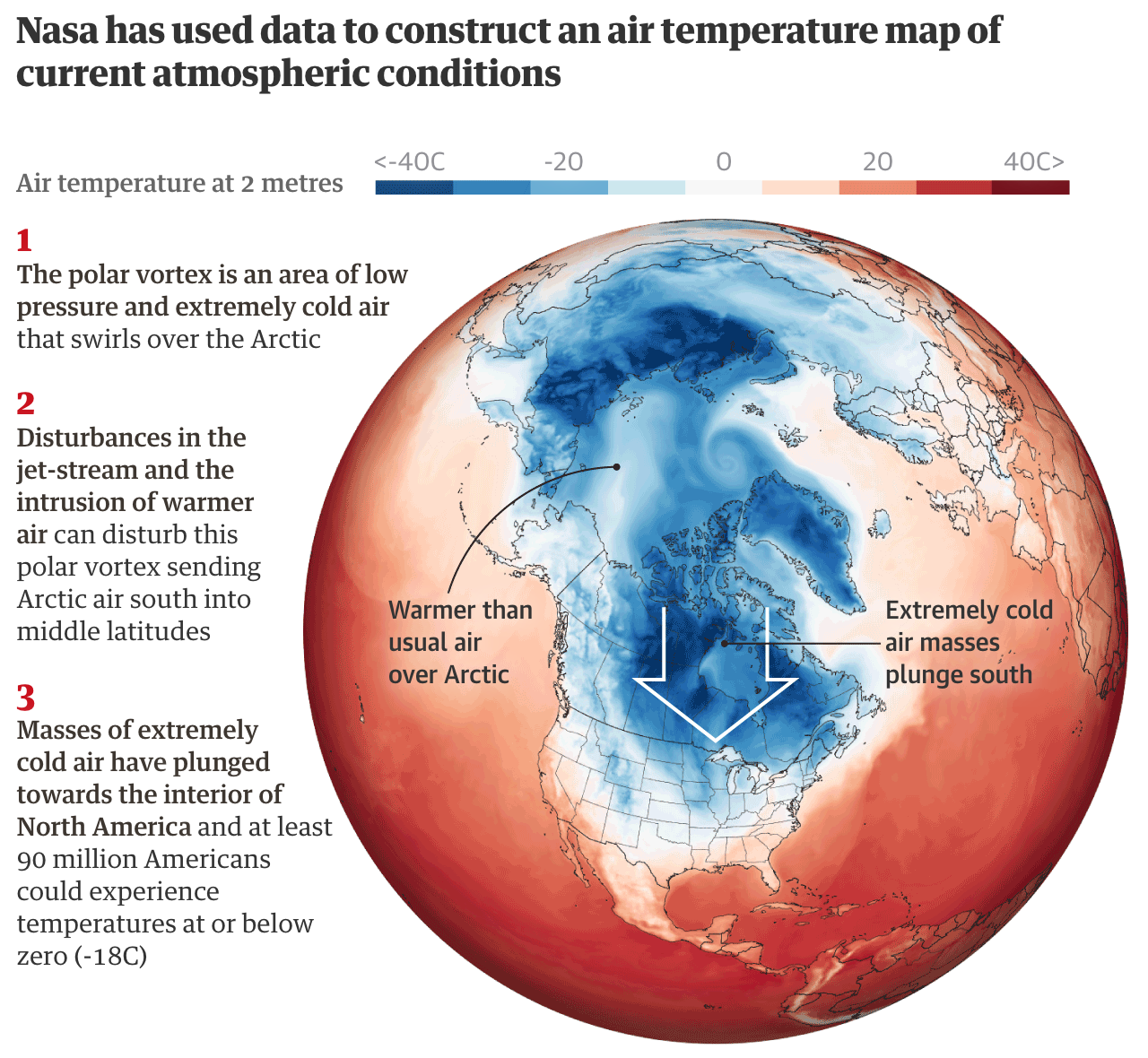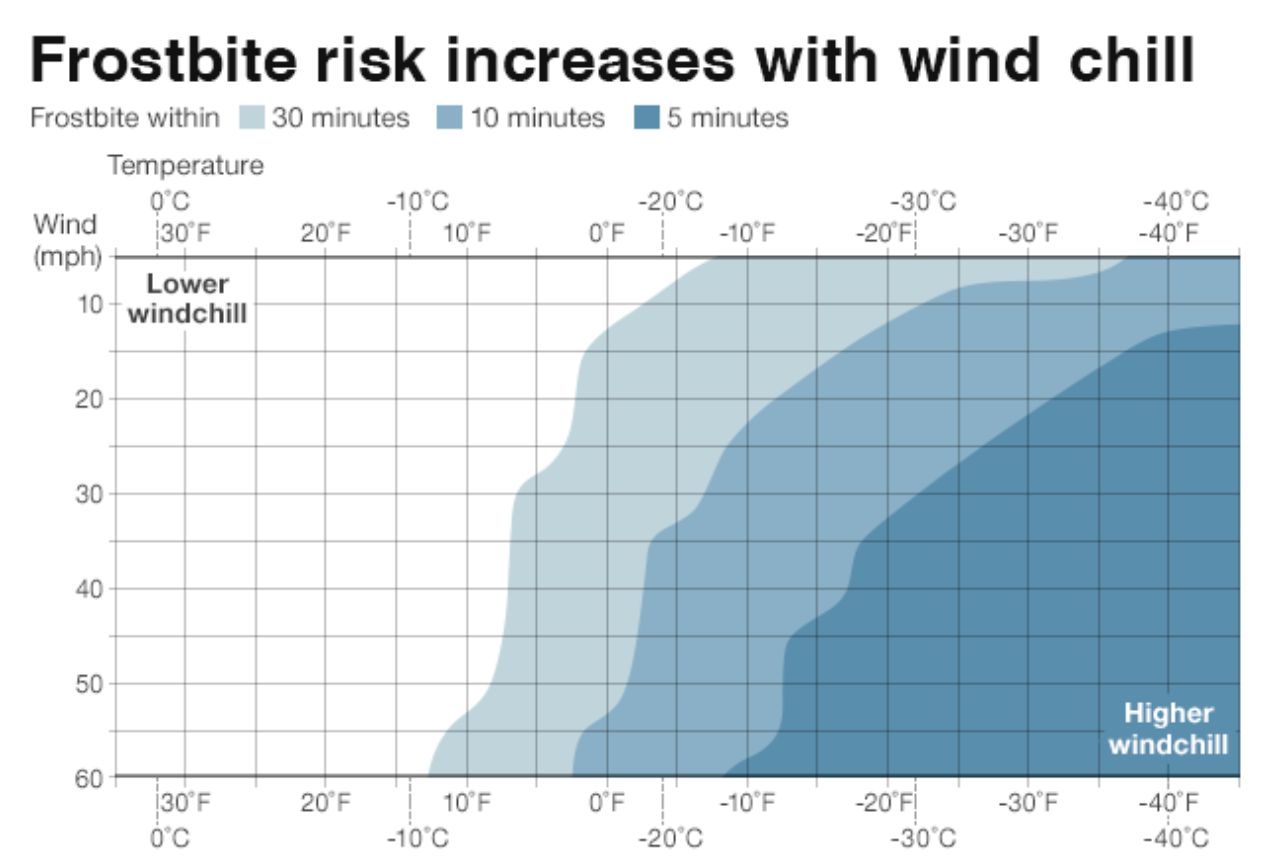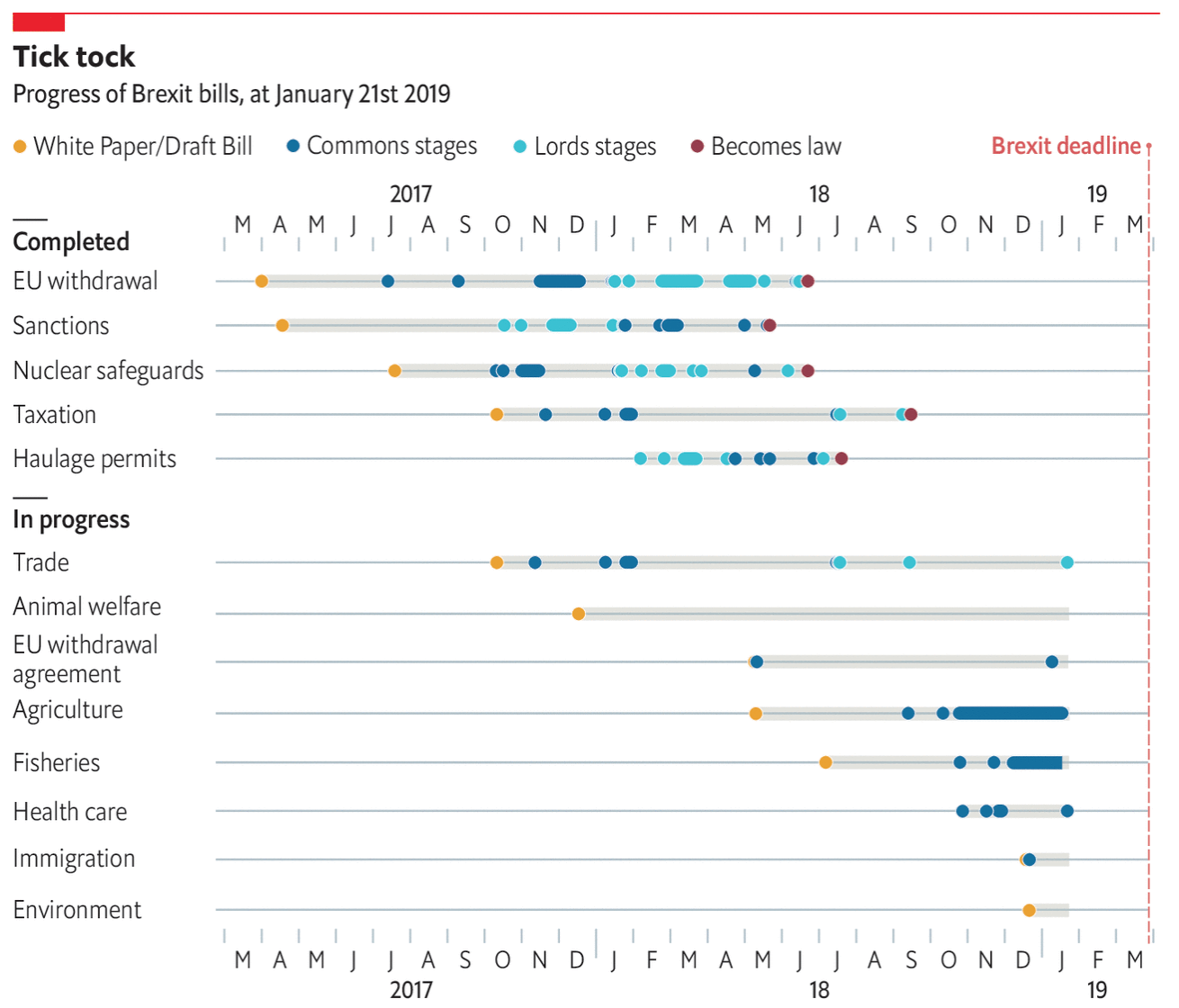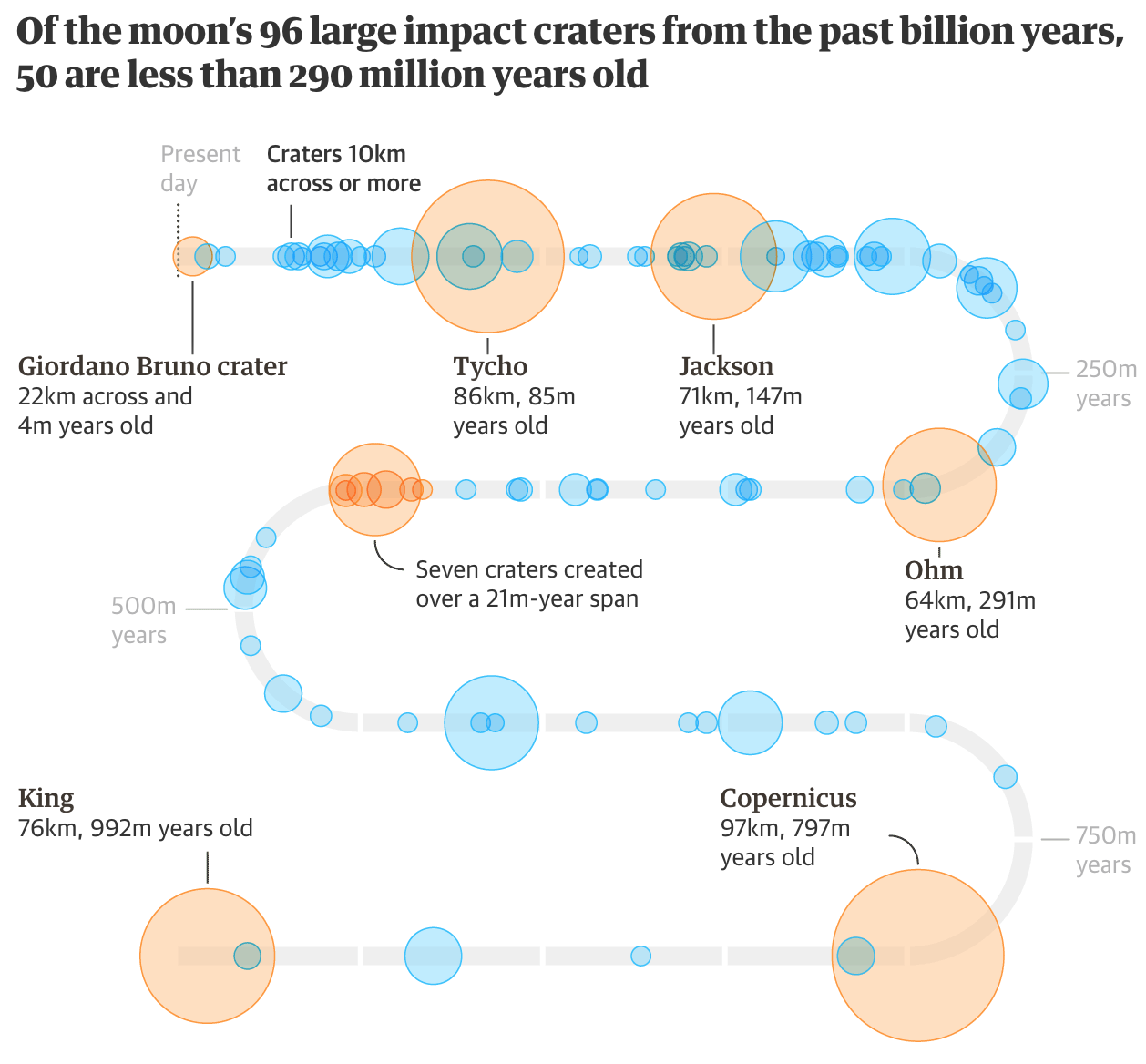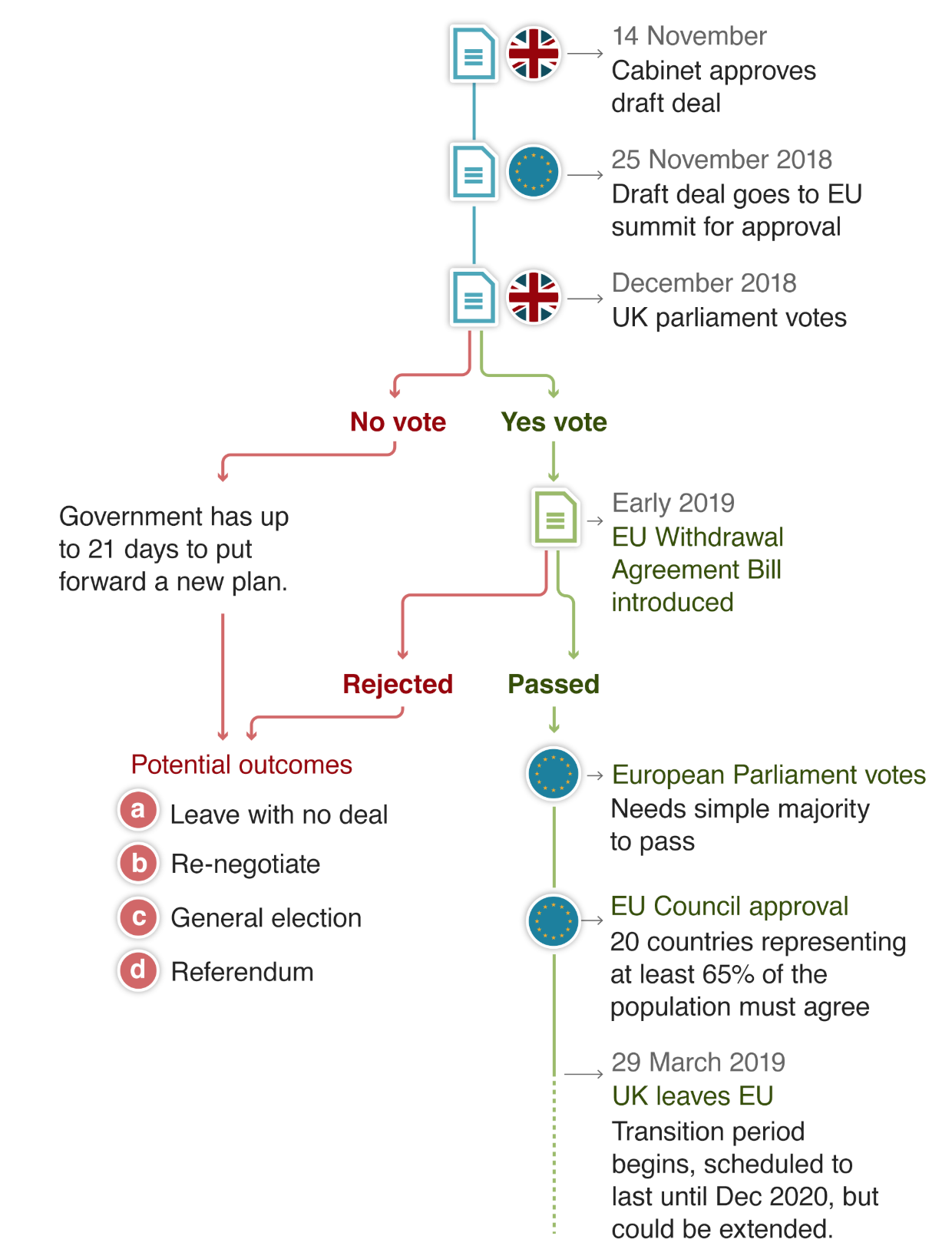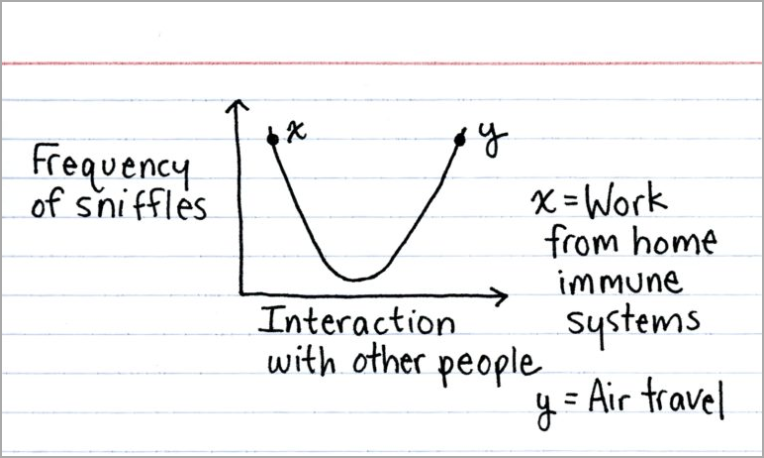We have two North Poles. The most commonly known is the geographic north pole that sits at the top of the world. We also have the magnetic north pole, which is where your compass points when you are lost in the woods. But, the magnetic north pole is not static and in fact moves. (In Earth’s past, the north and the south pole have actually flipped so north is south and south is north.)
In this piece from the New York Times, we have a nice map from Jonathan Corum that shows the movement of the magnetic north pole over time. The map is a nice orthographic projection centred on the geographic north pole.
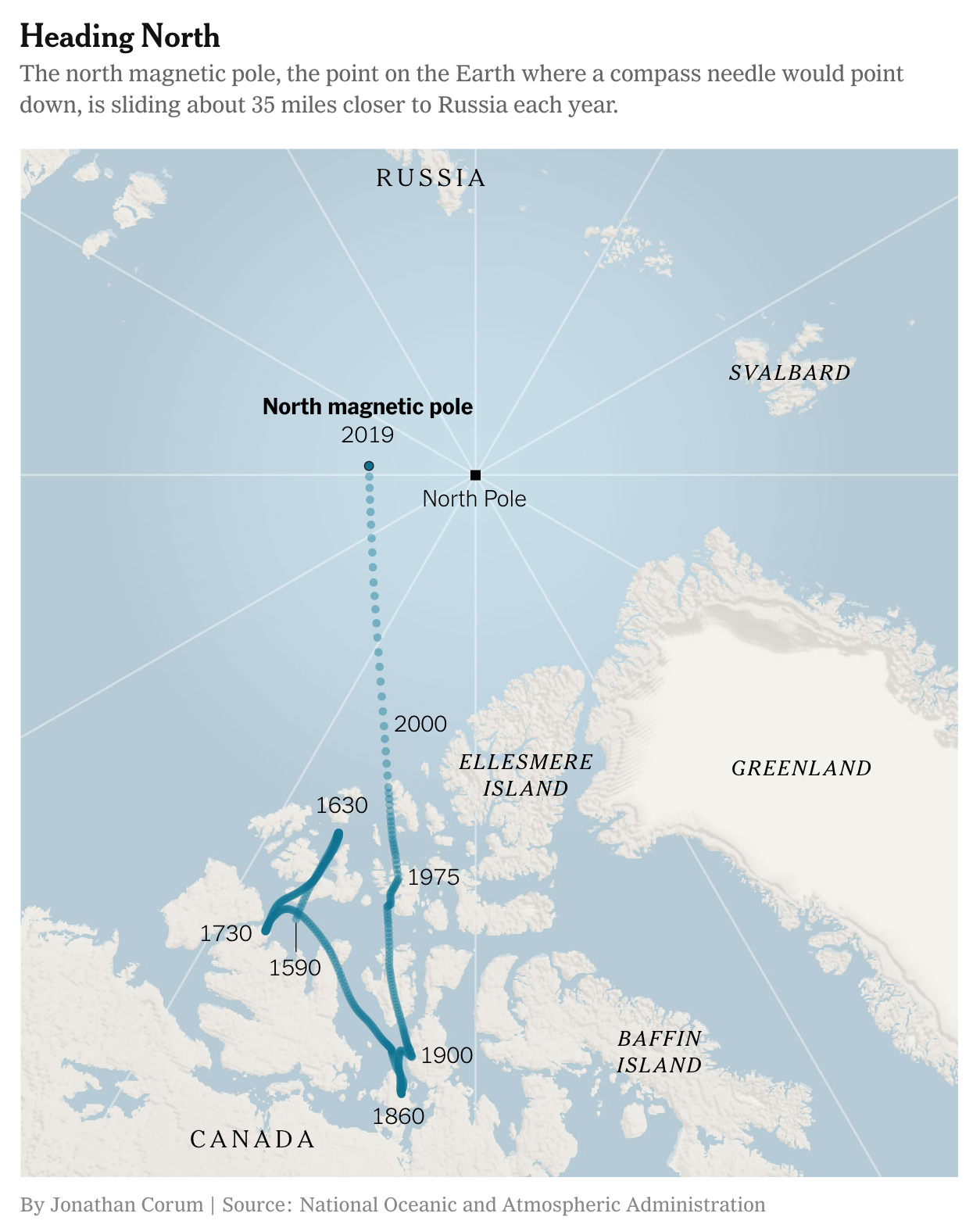
Of course the centre of the displayed map is not the north pole, as the designer cropped it to show the movement from Canada towards Siberia. What I really like is that the line is actually a series of dots. Of course we do not know if each dot is an actual measurement or an interpolation of the determined magnetic north pole, and that should be made clearer. But, I like to think that each dot is a point in the movement of the pole.
Credit for the piece goes to Jonathan Corum.

